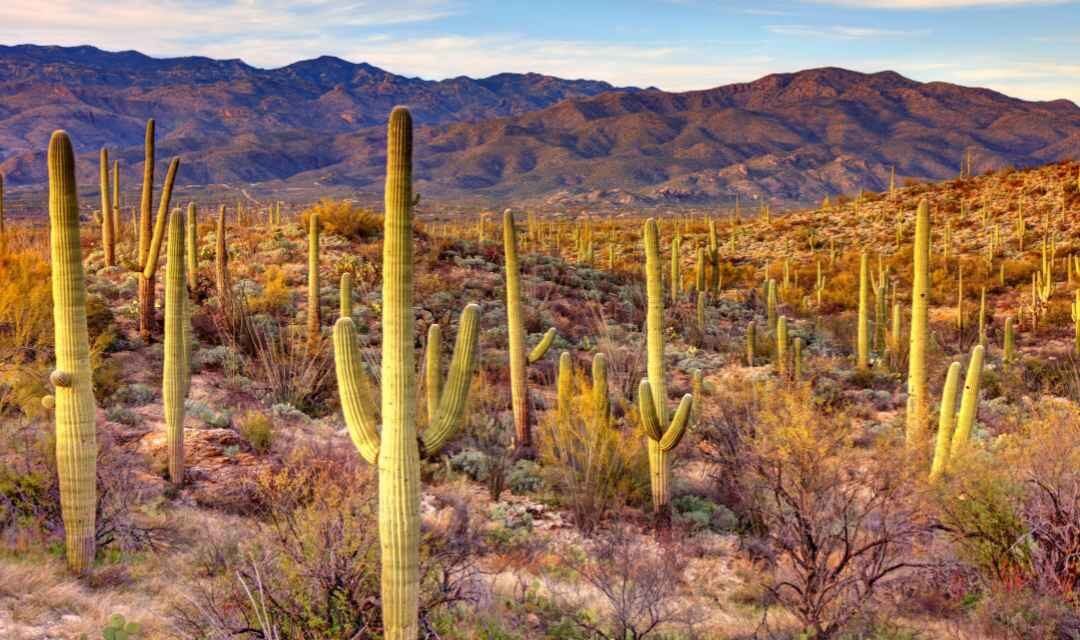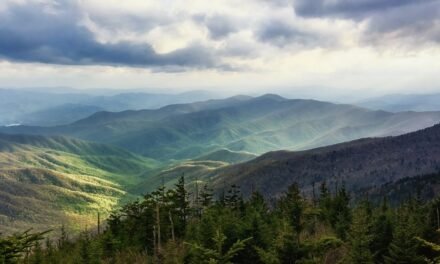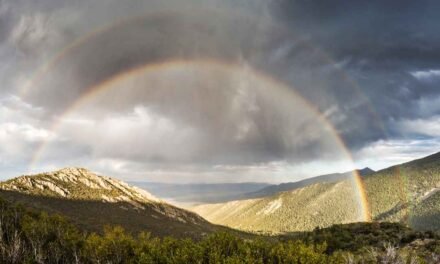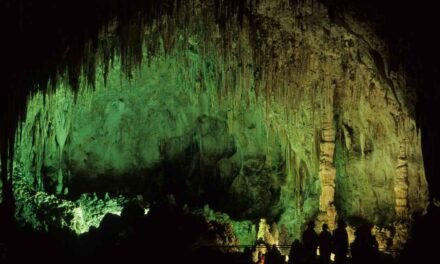Overview of Saguaro National Park
Saguaro National Park, named after the iconic and majestic saguaro cactus, is a stunning showcase of the Sonoran Desert’s natural beauty. Split into two districts, the Rincon Mountain District (east) and the Tucson Mountain District (west), the park offers a diverse range of landscapes and activities for visitors to explore. From towering cacti to unique wildlife and breathtaking desert sunsets, Saguaro National Park is a must-visit destination for anyone seeking an immersive and unforgettable desert experience.
Saguaro National Park Location
Located in southeastern Arizona, Saguaro National Park is situated on the outskirts of Tucson, a vibrant city with a rich cultural heritage. The park’s two districts are separated by the city, with the Rincon Mountain District approximately 15 miles east of downtown Tucson and the Tucson Mountain District about 15 miles west. Visitors can easily access both districts by car, and the close proximity to Tucson makes the park a convenient destination for day trips or extended stays.
Saguaro National Park Things to Do
Saguaro National Park offers a wide variety of activities to suit all interests and fitness levels. Some popular activities in the park include:
Hiking
With over 165 miles of trails, Saguaro National Park provides ample opportunities for hiking and exploring the stunning desert landscape. Trails range from easy, paved nature walks to challenging backcountry routes that require advanced planning and experience. Some popular trails include the Valley View Overlook Trail in the Tucson Mountain District and the Tanque Verde Ridge Trail in the Rincon Mountain District.
Scenic Drives
For those who prefer to experience the park’s beauty from the comfort of their vehicle, Saguaro National Park offers two scenic drives. The Cactus Forest Drive in the Rincon Mountain District is an 8-mile paved loop that winds through a dense forest of saguaro cacti, while the Bajada Loop Drive in the Tucson Mountain District is a 6-mile gravel road that showcases the park’s diverse plant and animal life.
Wildlife Viewing
Saguaro National Park is home to a diverse array of wildlife, including javelinas, coyotes, desert tortoises, and over 200 species of birds. The park’s many trails and scenic drives offer excellent opportunities for wildlife viewing, particularly during the early morning and evening hours when animals are most active.
Stargazing
Thanks to its remote location and minimal light pollution, Saguaro National Park offers some of the best stargazing opportunities in the region. Both districts host occasional stargazing events and programs led by park rangers and local astronomy clubs.
Visitor Centers
Both districts of Saguaro National Park feature visitor centers, where guests can learn more about the park’s history, ecology, and attractions. The Red Hills Visitor Center in the Tucson Mountain District and the Rincon Mountain Visitor Center in the Rincon Mountain District offer exhibits, informational brochures, ranger-led programs, and educational films.
Saguaro National Park Itineraries
With so much to see and do in Saguaro National Park, planning an itinerary can help make the most of your visit. Here are a few suggested itineraries for different lengths of stay:
Day Trip
If you only have one day to explore Saguaro National Park, consider focusing on one district to maximize your time. In the Tucson Mountain District, start your day at the Red Hills Visitor Center before embarking on the Valley View Overlook Trail. Afterward, take a leisurely drive along the Bajada Loop Drive, stopping at scenic overlooks and picnic areas for lunch. In the Rincon Mountain District, begin at the Rincon Mountain Visitor Center before tackling the Cactus Forest Drive and hiking the shorter trails, such as the Mica View Trail or the Cactus Forest Trail.
Weekend Getaway
With a full weekend to explore the park, you can experience the highlights of both districts. On the first day, explore the Tucson Mountain District, starting with the Red Hills Visitor Center and hiking the Valley View Overlook Trail. Afterward, drive the Bajada Loop Drive and enjoy a sunset at one of the scenic overlooks. On the second day, venture to the Rincon Mountain District, visiting the Rincon Mountain Visitor Center and driving the Cactus Forest Drive. Dedicate the afternoon to hiking some of the longer trails, such as the Tanque Verde Ridge Trail or the Douglas Spring Trail.
Extended Stay
With more time in the park, you can truly immerse yourself in the unique beauty of the Sonoran Desert. Consider taking a guided ranger program, such as a guided hike or a night sky program. Explore the backcountry on a multi-day backpacking trip through the Rincon Mountain District or tackle some of the park’s more challenging trails, such as the Hugh Norris Trail in the Tucson Mountain District. Additionally, take the time to explore the surrounding areas, including the Arizona-Sonora Desert Museum, the Colossal Cave Mountain Park, or the historic town of Tombstone.
Best Season to Visit Saguaro National Park
The best time to visit Saguaro National Park depends on your preferences for weather and activities. The park is open year-round, but each season offers a different experience:
Fall (October – November)
Fall is a popular time to visit the park due to its mild temperatures and beautiful fall foliage. Daytime temperatures range from the 70s to 80s°F, making it comfortable for hiking and exploring. Wildlife sightings are also more common during this time, as many animals are active in preparation for the winter months.
Winter (December – February)
Winter brings cooler temperatures, with daytime highs ranging from the 50s to 60s°F and nighttime lows occasionally dipping below freezing. While some higher elevation trails may be closed due to snow or ice, most of the park remains accessible for hiking and sightseeing. Winter can also be an excellent time for wildlife viewing and photography, as the cooler temperatures lead to increased animal activity.
Spring (March – May)
Spring is a beautiful time to visit Saguaro National Park, as wildflowers begin to bloom and the desert comes alive with color. Daytime temperatures are pleasant, typically ranging from the 70s to 80s°F. Spring is also the peak season for birdwatching, as many migratory species pass through the park.
Summer (June – September)
Summer brings extreme heat to the park, with daytime temperatures often exceeding 100°F. While the heat can be dangerous for outdoor activities, early morning and evening hikes can still be enjoyable. Summer is also the time to witness the park’s stunning monsoon storms, which can bring dramatic cloud formations and lightning displays.
Saguaro National Park Weather
Weather in Saguaro National Park varies greatly by season, with extreme heat in the summer months and cooler temperatures in the winter. The park’s climate is characterized by two rainy seasons: winter rains from December to February and monsoon rains from mid-June to September. Be prepared for rapidly changing weather conditions, and always carry plenty of water and sun protection when venturing into the park.
Saguaro National Park Hotels and Camping
While there are no hotels or lodges within Saguaro National Park, the city of Tucson offers a wide range of accommodations, from budget-friendly motels to luxury resorts. Camping options within the park are limited to backcountry campsites in the Rincon Mountain District, which require a permit and are accessible only by foot. Campgrounds can be found outside the park at nearby facilities such as the Gilbert Ray Campground in Tucson Mountain Park and Colossal Cave Mountain Park.
Saguaro National Park Restaurants
There are no restaurants or food services within Saguaro National Park. Visitors should plan to bring their own food and snacks or dine at one of the many restaurants in Tucson. The city offers a diverse culinary scene, with options ranging from casual Mexican eateries to upscale dining experiences. Some popular local restaurants include El Charro Café, Café Poca Cosa, and The Tasteful Kitchen.
Saguaro National Park Wildlife and Plants
Saguaro National Park is home to a rich diversity of plant and animal life, making it a fascinating destination for nature enthusiasts. The park’s most iconic inhabitant, the saguaro cactus, can live up to 200 years and grow as tall as 50 feet. Other common plants in the park include ocotillo, barrel cactus, and cholla.
The park’s wildlife is equally diverse, with over 350 species of birds, 30 species of reptiles, and many mammals such as jackrabbits, mule deer, and javelinas. Keep an eye out for desert tortoises, Gila monsters, and the elusive mountain lion. Remember to respect the park’s wildlife by maintaining a safe distance and never feeding or approaching animals.
Saguaro National Park History
Saguaro National Park has a long and storied history, with evidence of human habitation dating back thousands of years. The Hohokam people were the park’s earliest known inhabitants, leaving behind pottery shards, petroglyphs, and ancient trails. Later, the O’odham people, descendants of the Hohokam, continued to use the area for hunting, gathering, and ceremonial purposes.
European exploration and settlement in the region began with the arrival of Spanish missionaries and soldiers in the late 17th century. Conflicts and changes in land use followed, as ranchers, prospectors, and settlers moved into the area. In response to growing concerns about the protection of the saguaro cactus and its unique desert ecosystem, President Herbert Hoover established Saguaro National Monument in 1933. In 1994, the monument was redesignated as a national park, expanding its boundaries and providing additional protections for the land and its resources.
Saguaro National Park Geology
The geology of Saguaro National Park is characterized by a diverse array of rock formations, volcanic remnants, and fault lines. The park’s landscape has been shaped by millions of years of tectonic activity, volcanic eruptions, and erosion. The Tucson and Rincon Mountains, which form the park’s two districts, are composed primarily of volcanic rocks, such as rhyolite, tuff, and basalt. Over time, erosion and weathering have exposed the colorful layers of rock that can be seen throughout the park.
One of the park’s most notable geological features is the Rincon Mountain fault system, which runs through the Rincon Mountain District. This fault system has played a significant role in shaping the landscape and creating the dramatic topography found in the park today. Additionally, the park’s unique soil composition, rich in minerals and nutrients, has contributed to the thriving plant and animal life found in the Sonoran Desert ecosystem.
Conclusion
Saguaro National Park is a stunning destination that offers visitors the chance to experience the beauty and diversity of the Sonoran Desert. From towering saguaro cacti to unique wildlife and breathtaking landscapes, the park provides a wealth of opportunities for outdoor exploration and adventure. With its rich history, fascinating geology, and convenient proximity to the city of Tucson, Saguaro National Park is a must-visit destination for anyone seeking an unforgettable desert experience. As you plan your trip, keep in mind the park’s seasonal variations and the importance of respecting its delicate ecosystem. Whether you’re a seasoned hiker or a casual sightseer, Saguaro National Park has something for everyone to enjoy and appreciate.





